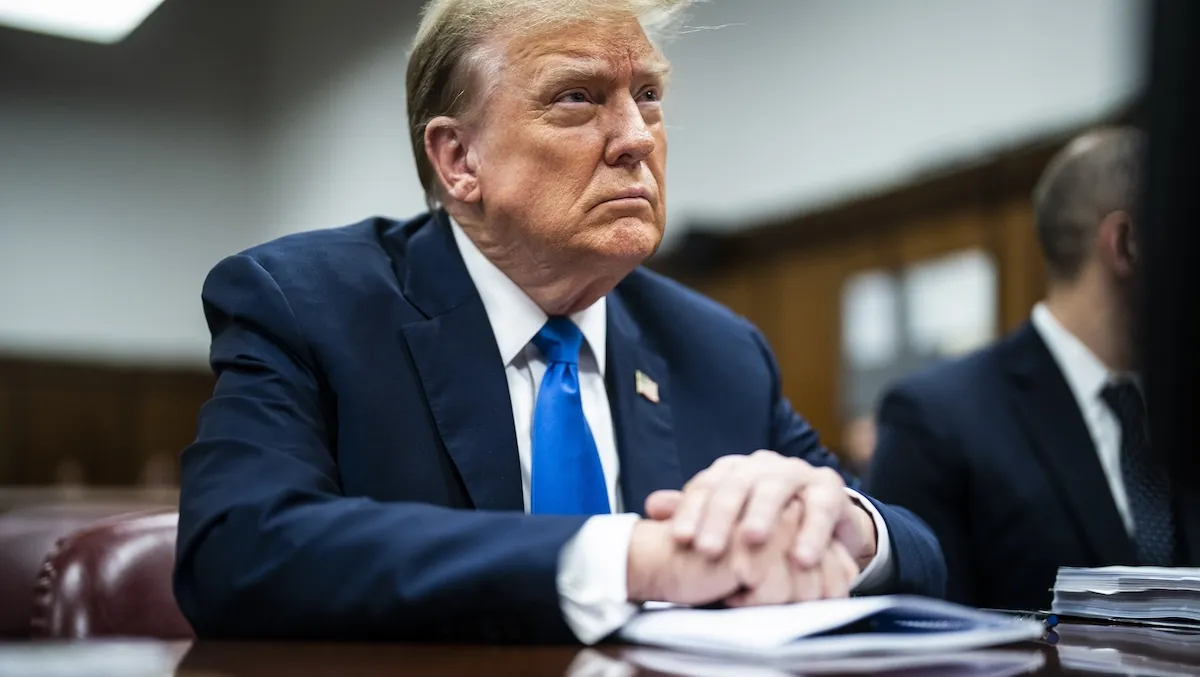Security cameras in the Brooklyn subway station where a gunman opened fire this past April had failed days prior to the rush-hour shooting that wounded 10, but the outage went unnoticed for a full day as "confusing and inadequate" protocols led to delays in repair, a report from the Office of the MTA Inspector General (OIG) finds.
The investigation into the April 12 camera failure at 36th Street in Sunset Park started in the immediate aftermath of the April 12 shooting, allegedly at the hands of Frank James.
Police previously acknowledged that security cameras in three stations weren’t working that morning, including the one at 36th Street.
According to the OIG findings unveiled Thursday, "shortfalls in staffing, maintenance and internal controls significantly delayed both the discovery that the video was not streaming and the eventual repair of the network."
Get Tri-state area news and weather forecasts to your inbox. Sign up for NBC New York newsletters.
There was no evidence the outage was intentional, investigators said. And while the exact reason for the network failure remains unclear at this time, the OIG inquiry determined the cameras at the three stations went down at 5:21 p.m. on April 8. NYC Transit workers discovered it 24 hours later, and the group responsible for maintaining the network wasn't aware of the outage for another two days, the OIG's office says. Read the full report.
Repairs of the network started the morning of April 11, investigators say, more than two full days after the outage started — possibly due to the fact that there was not enough trained staff to fix or monitor them. OIG says limited staffing caused delays in both the discovery of the problems and the repairs. Insufficient training for the group tasked with maintaining camera network equipment and "deficient" maintenance protocol for the network equipment were also identified as contributing to the overall problem, investigators said.
News
After the April 12 attack at the 36th Street station in Sunset Park, sources told NBC New York that the inability to access the station cameras slowed down the investigation. Had it not been for cell video, they said there would be little to no footage of the immediate aftermath of the gunman opening fire and shooting 10 on the packed N train.
"This is about maintenance," Acting Inspector General Elizabeth Keating said in releasing the OIG report Thursday. "The staffing shortfall in maintenance positions is real and a much broader problem impacting NYC Transit operations."
Other MTA cameras, however, did provide useful footage that day. NY Transit President Richard Davey, who started a couple weeks after the shooting, rebutted the report by noting that the MTA had plenty of backup cameras that were operational.
"Because of our cameras that were working that day, we were able to capture four photos of the perpetrator," Davey told NBC New York.
Some of those photos from the MTA showed the suspect entering the subway and, on the same day, boarding a bus. However, the OIG said that the agency should have also had video from the scene of the crime, and that training is deficient.
NYC Transit has already taken steps to address OIG's draft findings and recommendations, the report says. The agency says it has implemented a formal reporting protocol for maintenance issues and started the transition to a software system that offers better tracking and work order generation technology. Davey added that there are crews "constantly monitoring and repairing" the agency's cameras.
The MTA has nearly 10,000 cameras at its 472 subway stations, and other cameras in nearby stations helped police track James’ movements before and after the shooting.
James also left behind a bag containing weapons, smoke grenades and the key to a U-Haul truck he had driven. The truck was found parked near a station where authorities believe he entered the subway dressed in construction clothing. He was apprehended the following day in New York and charged with a federal terrorism offense.
James has pleaded not guilty. His trial is expected to begin early next year.



